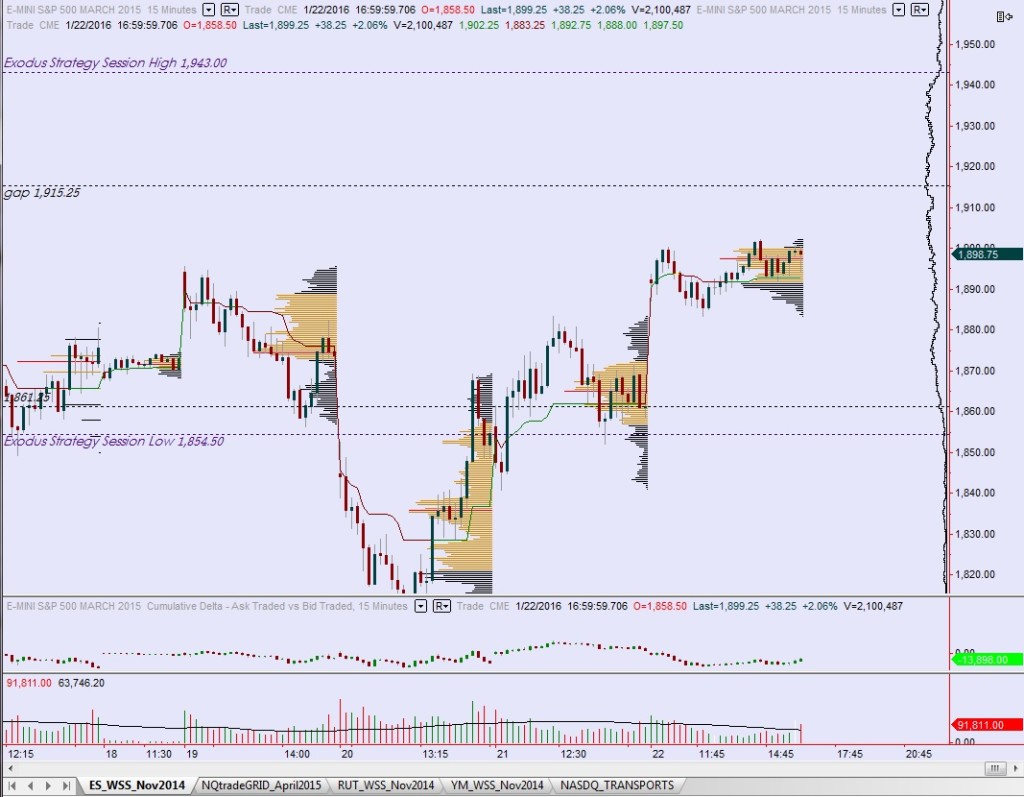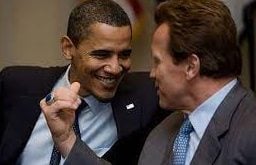The below excerpt comes from this week’s Exodus Strategy Session. After receiving a several questions both on Snapchat [VCali] and the blog, I wanted to hopefully give color on how I use the report.
- The Strategy Session is a report delivered weekly to Exodus members. Every Sunday I recap the prior week’s action and establish context for the upcoming week including:
- Upcoming economic events
- Tracking and recap of Exodus hybrid overbought/oversold cycles
- An index model using auction theory to score the S&p 500, NASDAQ 100, Russell 2000, and the Dow Jones Industrial Average
- Weekly training on how to use the Exodus market intelligence platform.
Sign up for Exodus to receive the Strategy Session every Sunday around noon eastern. With Exodus you get predictive algos, a thriving community of investors and traders, and data on over 5000 stocks and ETFs.
Without further adieu, here is Section III from this week’s report in entirety. Enjoy!
________________________________________________________________
The purpose of the Exodus Strategy Session. This report is designed to build a contextual framework for the upcoming week. The focus is on data and scheduled economic events. I use this logical information because it allows for an objective analysis of the trading environment.
The report seeks to answer the big three auction theory questions:
- What has the market done?
- What is the market trying to do?
- How good of a job is it doing?
These three questions guide our attempt to answer the most important question of all, “What is the market likely to do from here?”
Section IV is devoted to answering this question and is likely to most difficult section to comprehend. It is where my model is built. The model is based on simple auction theory analysis. I score the four major indices (S&P 500, NASDAQ 100, Russell 2000, and the Dow Jones Industrial Average) based on the performance of their respective front-month futures contracts. These contracts are highly liquid and provide the most possible raw information about the indices.
Section IV also considers the information being produced by the predictive engines inside the Exodus Market Intelligence platform. All the historical data on the signals makes the overbought/oversold thresholds another useful piece of objective data we can use to answer the fourth question.
My model is a work in process, happening live. I began to notice that when my overall bias score became extremely high or extremely low, it would be proven wrong by the market. So I added another layer of objective analysis. I subtract the Exodus overall Hybrid score from my bias score. When the difference between the two numbers is greater than 0.50 the model generates a short bias (despite my raw index data presenting a long bias). When the spread goes negative the model generates a long bias, but it also expects fast, volatile-type movement.
The other data point that emerged, by about week 50, pertains directly to the S&P 500. The model is so consistently wrong at predicting the movement of the S&P 500 that it has a statistical edge to bet against it. 75% of the time we tag the opposite Average True Range (ATR) band.
ATR bands are used simply to score the model’s predictive ability. They are objective price targets, to the upside and downside. Whichever is tagged first determines whether the week was a winner or loser. Here is an image of the S&P 500 ATR bands for this week:

Note: the ATR values for each index can always be found in Section IV under the “Here are the bias trades and price levels for this week” heading.
Context is the grey matter of trading. It is important, but difficult to quantify. News, behavior, etc…we try our best to comprehend it, but ultimately each day brings new information. The Exodus Strategy Session attempts to stay relevant by consistently addressing information mathematically. However the stock market is the net sum of all participants, from institutions with sophisticated algorithms and major resources to the home gamer and everything in between. Therefore it is random, and ubiquitous major events beyond all logic are always possible.
________________________________________________________________
PS – the ‘big 3’ questions is a concept developed in my favorite stock market book of all time, Mind Over Markets: Power Trading with Market Generated Information by Dalton. If you click that link then buy the book from Amazon, I get like two dollars. Don’t buy it for more than like $30 bucks. Sometimes it sells out and people try charging criminal rates for the book.
If you enjoy the content at iBankCoin, please follow us on Twitter





“Mind Over Markets”, S$115 (US$80) in Singapore!